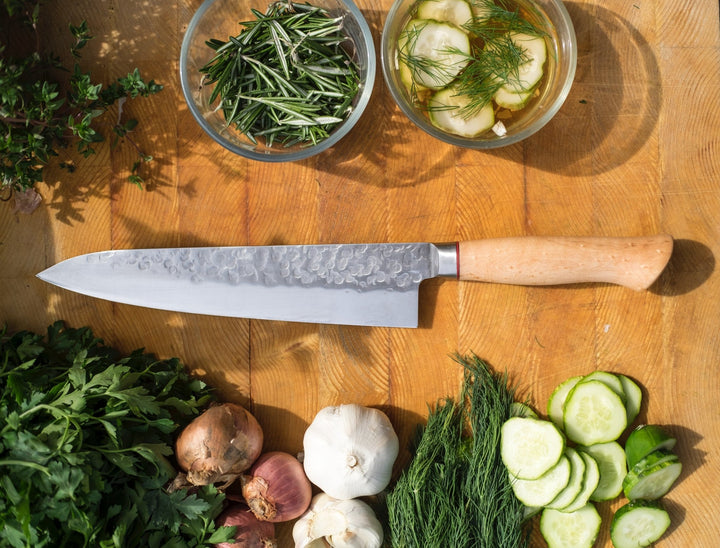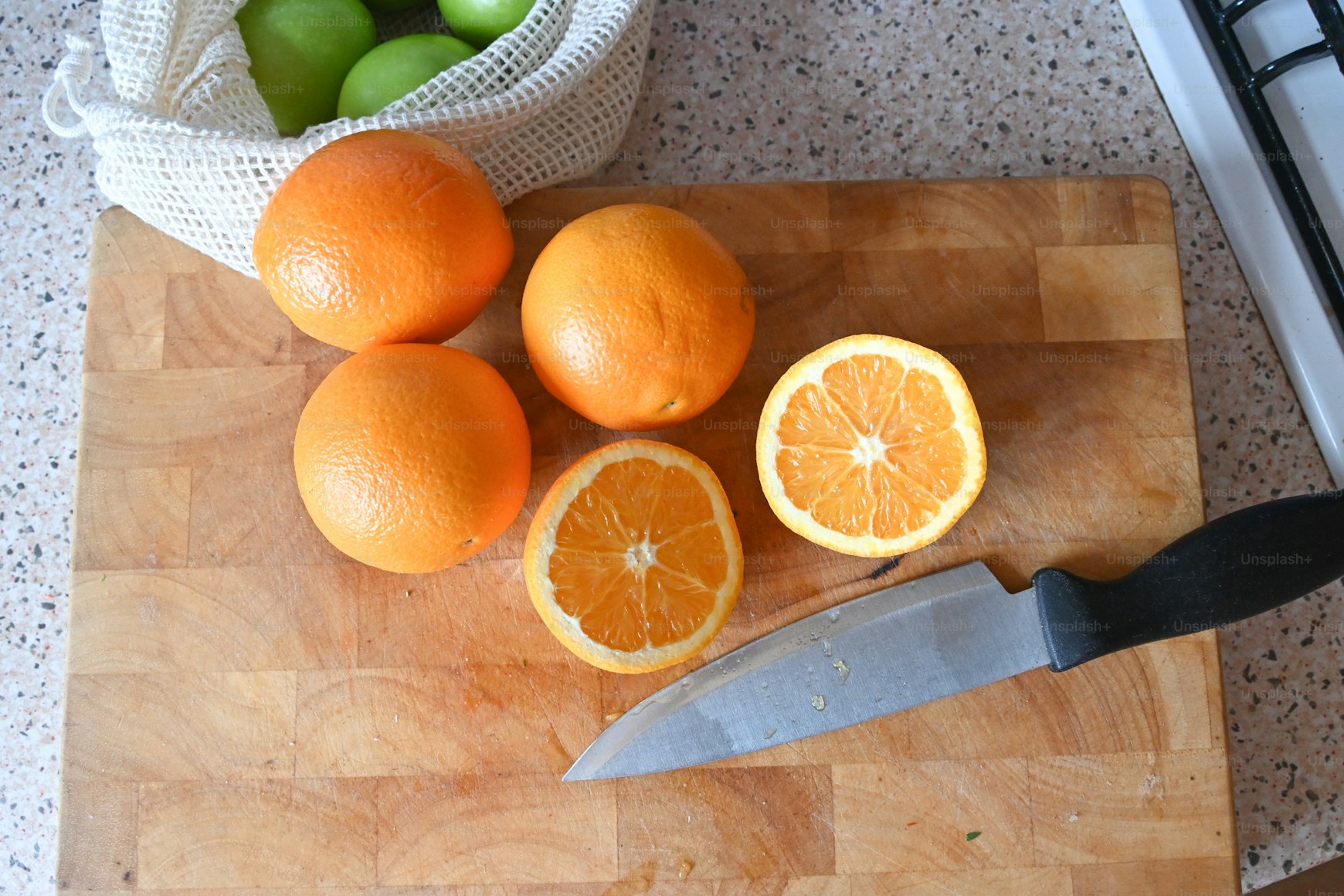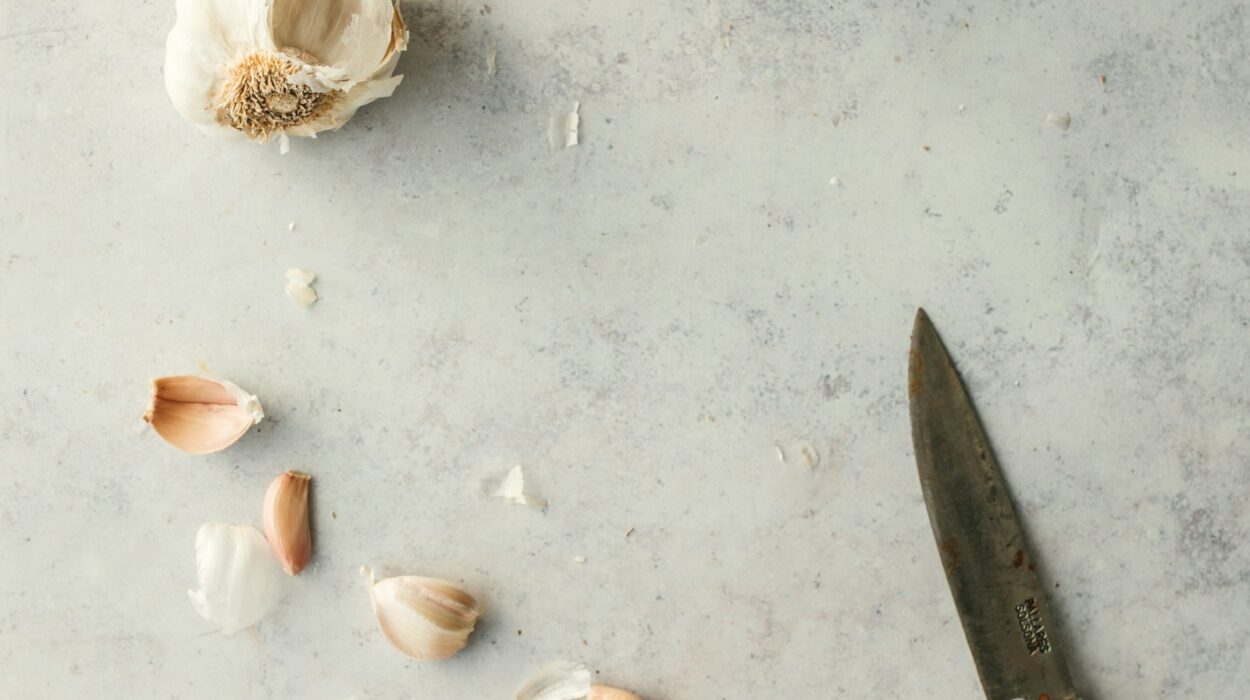Every cooking enthusiast knows the importance of a sharp chef knife. A sharp knife not only makes food preparation effortless but also ensures safety in the kitchen. If you’re wondering how to sharpen chef knife with stone, you’re in the right place. This guide will walk you through everything you need to know about using a stone to make your chef knife razor-sharp.
Whether you’re a professional chef or a home cook, learning to sharpen your knife is an invaluable skill. We’ll break down the process into easy-to-follow steps so you can be confident in your kitchen.

Understanding the Importance of a Sharp Knife
Why a Sharp Knife Is Safer
A dull knife requires more force to cut through food, increasing the risk of slipping and accidental injury. On the other hand, a sharp knife provides better control, reducing the likelihood of accidents.
Efficiency in Food Preparation
With a sharp knife, cutting, slicing, and dicing become swift and efficient tasks. This not only saves time but also ensures that your ingredients are cut uniformly for even cooking.

Choosing the Right Sharpening Stone
Types of Sharpening Stones
- Water Stones
- Oil Stones
- Diamond Stones
Water stones are popular due to their ease of use and quick sharpening capabilities. They require soaking before use but provide excellent results. Oil stones, as the name suggests, need oil for lubrication. They are durable and effective but can be messy. Diamond stones are the most durable and do not require lubricants. They provide a fast and efficient sharpening process.
Choosing the Right Grit
Sharpening stones come in different grits, indicating their coarseness or fineness. A lower grit number means a coarser stone, while a higher grit number indicates a finer stone. Coarse stones (200-600 grit) are used for repairing damaged blades or reshaping edges. Medium stones (800-2000 grit) are ideal for regular sharpening, and fine stones (3000-8000 grit) provide a polished edge. For a complete set, consider these grit options for various sharpening needs.

Step-by-Step Guide to Sharpening Your Chef Knife
Preparation
Before you start, gather your supplies: a sharpening stone, water or oil based on the type of stone, a towel, and your chef knife. Ensure your working area is clean and well-lit.
Soaking the Stone
If you’re using a water stone, soak it in water for about 10-15 minutes until it stops releasing bubbles. Oil stones do not require soaking but need a few drops of oil on the surface before use. For more details about wet stones, refer to this guide.
Positioning the Knife
Place the stone on a stable surface, like a countertop or cutting board. Hold the knife at a consistent angle, usually around 20 degrees, to the stone’s surface. Maintaining this angle throughout the process is crucial for a sharp edge.
Sharpening Process
Start with the coarse grit if your knife is dull or damaged. Hold the knife firmly and stroke it across the stone in a sweeping motion, applying even pressure. Repeat the process for the other side of the blade. Move to the finer grit stones, repeating the same motion to refine and polish the edge.
Testing Sharpness
Test the sharpness by slicing through a piece of paper or a tomato. If the knife cuts smoothly, it’s sharp enough for use. If not, continue the sharpening process until you achieve the desired sharpness. For more on testing techniques, check out this testing guide.

Maintenance Tips for a Sharp Chef Knife
Proper Cleaning
Always clean your knife after use with mild soapy water and dry it immediately. Avoid putting it in the dishwasher as it can damage the blade.
Regular Honing
Honing your knife regularly with a honing rod helps maintain the edge between sharpening sessions. It’s a quick process that ensures your knife stays sharp longer.
Safe Storage
Store your chef knife in a knife block, magnetic strip, or blade guard to protect the edge and prevent accidents. Avoid storing knives loose in a drawer.
Common Mistakes to Avoid While Sharpening
Using the Wrong Angle
Incorrect angles can lead to uneven sharpening or a damaged edge. Stick to the recommended 20-degree angle for best results.
Applying Too Much Pressure
Using excessive force can wear out the stone and damage the knife. Gentle and consistent pressure is sufficient for effective sharpening.
Neglecting Regular Maintenance
Don’t wait until your knife is extremely dull to sharpen it. Regular maintenance and honing keep your knife in top condition.
Benefits of Sharpening Your Own Chef Knife
Cost-Effective
Sharpening your own knife saves money in the long run as you won’t need professional services frequently.
Control Over Sharpness
Personal sharpening allows you to achieve the exact level of sharpness you prefer for different tasks.
Sense of Accomplishment
There’s a rewarding feeling in using a knife you’ve sharpened yourself. It enhances your connection to your culinary tools.
FAQs
How often should I sharpen my chef knife?
It’s recommended to sharpen your chef knife every few months, depending on usage. Regular honing between sharpenings can keep the edge sharp.
Can I use the same stone for different types of knives?
Yes, most sharpening stones can be used for various knives. However, ensure you clean the stone between different sharpening sessions to avoid cross-contamination.
What’s the difference between honing and sharpening?
Sharpening removes material to create a new edge, while honing straightens and aligns the current edge. Both are essential for maintaining a sharp knife.
For a deeper understanding of the types of kitchen knives and their uses, you can visit this [External Link](https://madeincookware.com/blogs/types-of-kitchen-knives) (rel=’nofollow’ style=’color:blue’).
As an Amazon Associate, I earn from qualifying purchases.
As an Amazon Associate, I earn from qualifying purchases.


